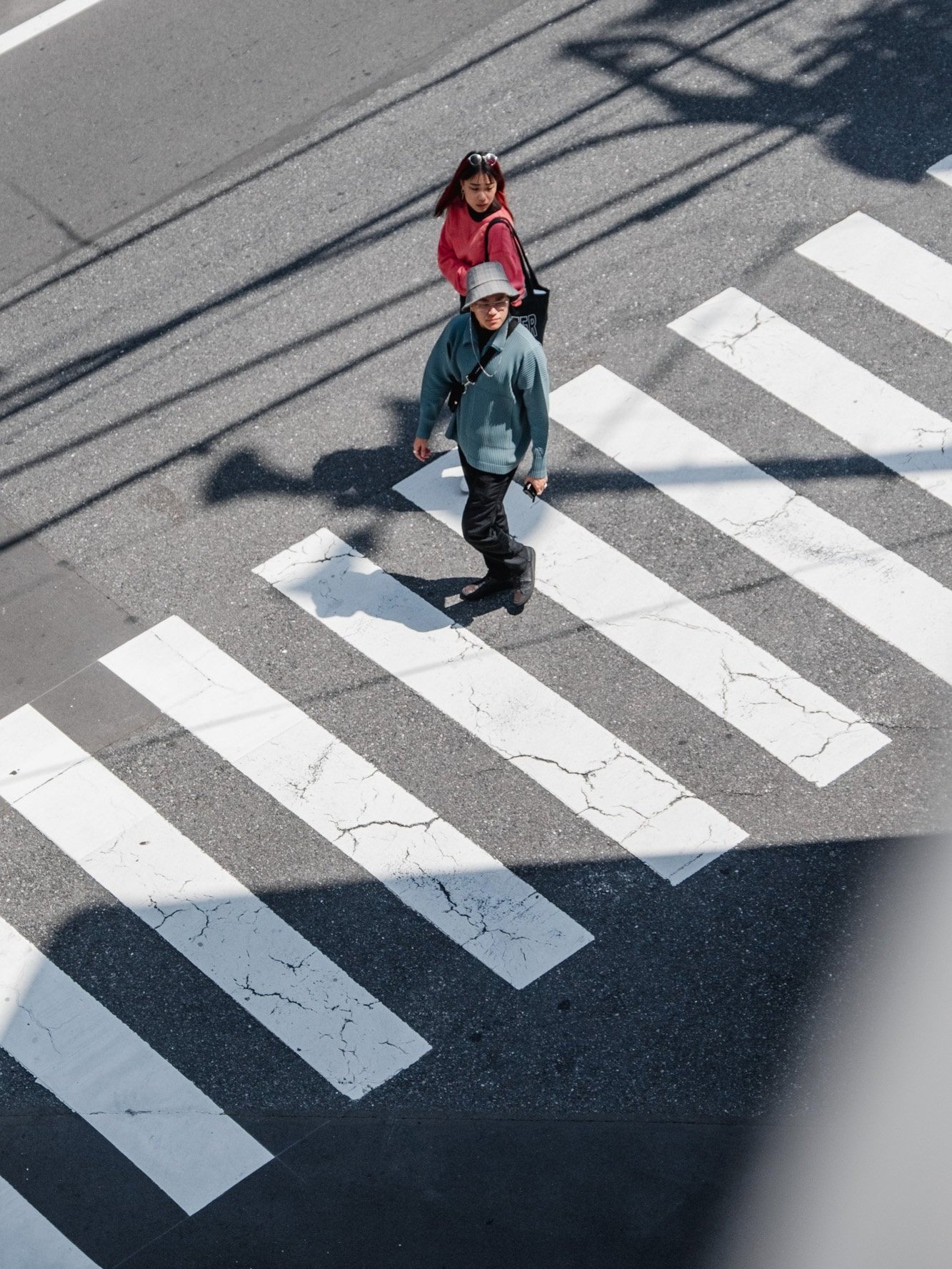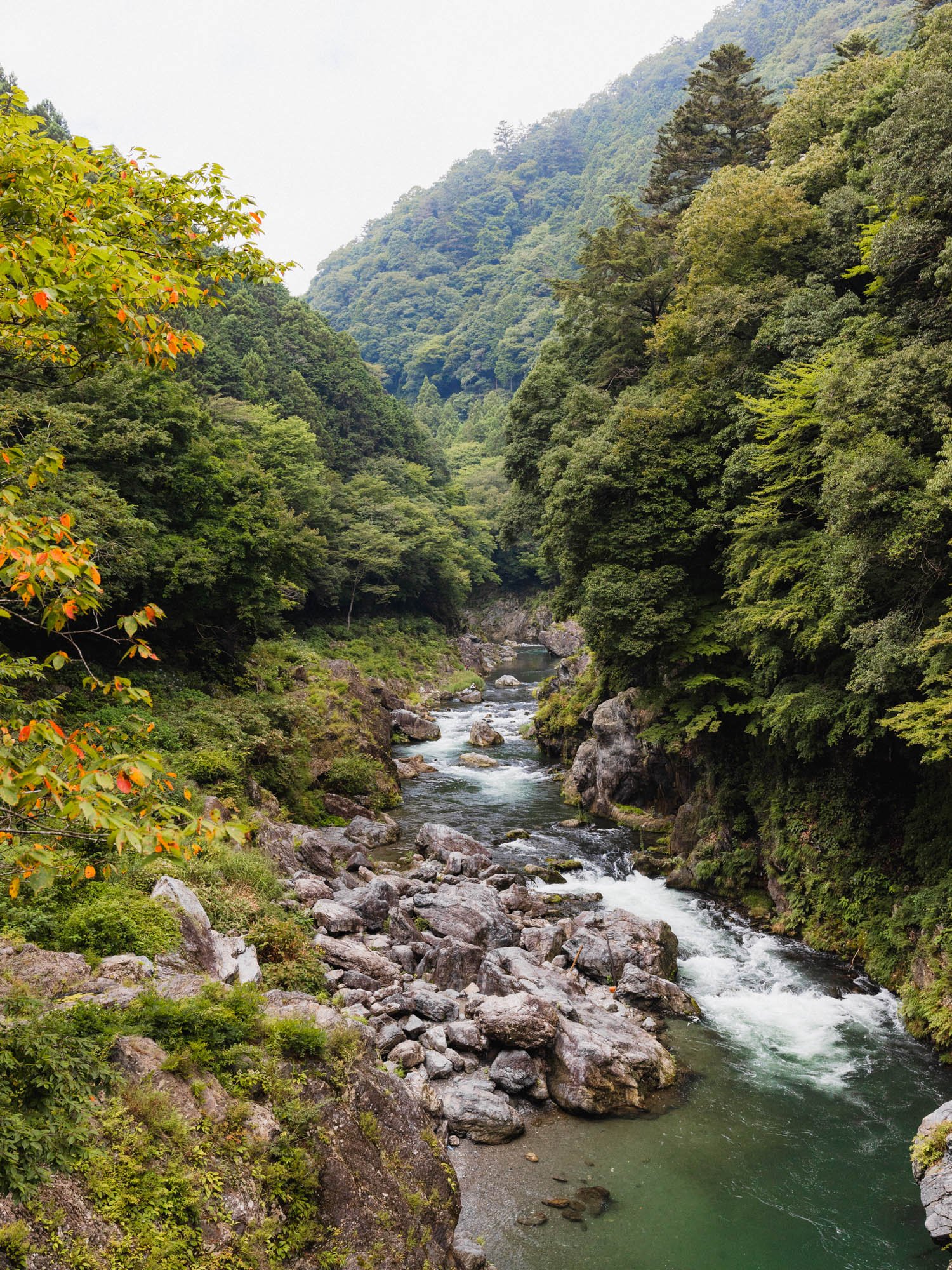Meiji Shrine: A Comprehensive Guide to Tokyo’s Famous Landmark
Tokyo may be famous for its bright lights and colourful shopping districts, but what some don’t realise is the amount of peaceful green space in the city. One minute you’re on a packed street in Harajuku surrounded by thousands of people, and the next you’re in a 100-year-old sacred forest with just a few locals. Ever since my first visit in 2019, Meiji Shrine has been one of my all time favourite places to visit in Tokyo, and somewhere I always take people on a first time visit to Japan. Whether you are taking a stroll from one of Tokyo’s many peaceful neighbourhoods, or want to spend a quiet Sunday morning strolling through peaceful pathways and giant torii gates, Meiji Shrine is without a doubt somewhere I recommend to visit on your next trip to Japan’s capital.
Only got 36 hours in Tokyo? Here’s how to spend it.
A Rich History
Not only is the Meiji Shrine a serene and grounding way to spend a few hours in what seems like the middle of nowhere, but it’s also a landmark with a rich history. 明治神宮, Meiji Jingū was completed in 1920 (using Japanese cypress and copper in the nagare-zukuri style) and is dedicated to Emperor Meiji, his Empress Shoken, and their devotion to Japan’s modernisation. Like many Japanese temples and shrines, it was destroyed during the war but swiftly rebuilt.
Exploring Tokyo? Here’s a free Tokyo neighbourhoods guide to get you started.
Frequent Shrine Events & Cultural Items
Due to Meiji Shrine’s popularity and central location, the calendar is filled with events and ceremonies - many of which can be viewed and attended by visitors. Nikku-sai (daily offerings) are performed each day at 8 am and 2 pm, Tsukinami-sai (Shinto ritual) is performed on the 1st and 15th of each month, and Kigansai private prayers with Shinto rites are available on request. Kigansai costs ¥5,000 per wish depending on the number of people and is available every 30 minutes. Visitors also have the chance to purchase amulets, Ofuda (talisman), Omikuji (oracles), and ema (wishes & aspirations).
For a full list, check out the official Meiji event page.
Japanese Gardens
The inner garden, commissioned in part for Empress Shoken is a spectacle to behold at any time of year. Swathes of Irises populate the grounds in June, as do the Azaleas in Spring, and Japanese Maples take centre stage in late autumn with fiery red and golden yellow leaves. The south pond provides a serene escape within an already peaceful area, and the kuun-tei rest house built in sukiya zukuri style overlooks it. A small 400-year-old well named after the military commander who dug it, Kiyomasa, is also a highlight of the area.
The Meiji Museum
Almost any building designed by Kuma Kengo is reason enough to visit (like the nearby Nezu Museum), and the Meiji Jingu Museum is no exception. Spread over two floors, the beautiful sloping wooden roofs work in harmony with the floor-to-ceiling windows to display a number of art pieces, treasures, and personal belongings of the emperor and empress. Most notably, the carriage which Emperor Meiji rode to the formal declaration of the Meiji Consitution in 1889.
Meiji Jingu Spring Grand Festival
Held from late April to early May, the Meiji Shrine Spring Grand Festival (Sukeishatai-sai) which takes place during the golden week is a spectacular showcase of traditional performing arts from masters in each field. These include:
Bugaku (ancient imperial court music)
Noh and kyogen (classical Japanese theatre)
Hogaku and hobu (classical Japanese dance)
Kyūdō (Japanese archery)
Sankyoku (traditional Japanese music)
Satsuma biwa (Japanese lute)
Looking for more? Here are 7 of the Best Places to Visit in Japan for Traditional Crafts
The Sacred Forest
The forest surrounding Meiji Shrine may seem natural, but it is in fact completely man-made with over 100,000 trees donated from across the country and planted by volunteers. In total, it covers 70 hectares of land and has 234 varieties of trees. Led by Dr. Honda Serioku every single tree in the park was chosen by how it would look after 100+ years. While the forest was initially man-made, there’s since been zero-intervention. Nothing is added or taken away, trees that have fallen are left, and everything must self-sustain.
Looking for a nearby leafy suburb? Explore my favourite things to do in Nakameguro.
Important Information
Opening Times
Meiji Shrine: Open at sunrise and closes at sunset (open year-round) Monthly timetable
Meiji Jingu Museum: 10:00-16:30 (Last admission 16:00), closed Thursdays
Fee
Meiji Shrine: Free
Meiji Jingu Museum: ¥1,000 for Adults, ¥900 for Kids
How to Get There
Sangubashi Entrance: Sangubashi Station, Odakyu line, 3-minute walk
Yoyogi Entrance: Yoyogi Station, JR Yamanote Line, 5-minute walk
Harajuku Entrance: Harajuku Station, JR Tamanote Line, 1-minute walk
Looking for a More Meaningful Way to Experience Japan?
For the design-conscious, culturally curious and forward-thinking travellers amongst us, Views from Japan is a brand new travel guidebook that gives you all the tools you need to unlock remote destinations, delve into unique cultural experiences and discover lesser-known neighbourhoods, without spending hours trawling the web or following generic itineraries.












